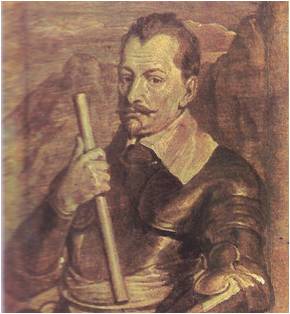AT THE END of the 16th century, Brandenburg and Prussia were unimportant German lands, but the ruler of Brandenburg was clever and farsighted. He was John Sigismund, the head of the Hohenzollern family. In 1594 John Sigismund married the daughter of the idiot duke of Prussia. In 1618, when the duke died, John Sigismund became ruler of Prussia as well as Brandenburg. There must have been many people who laughed at John Sigismund. Brandenburg was worth little, they must have thought, so why did he want an even less valuable Prussia. The nobles were the real power in both Prussia …
Read More »Tag Archives: Silesia
The War Spreads 1625 -1648
THE BLOOD-LETTING in Germany aroused new ambitions in many of the kings of Europe. In Denmark and Sweden, the strong Protestant king: who were taming opposition at home began looking to Germany as a land ripe for conquest. Furthermore, in attacking Germany they were also attacking the hated power of Roman Catholicism. Quickest of all to act was Christian IV, king of Denmark. Christian did not doubt that he was equal to the task. At the age of five he had learned fencing and the use of firearms‚ waking at five each morning and practicing long hours. He became king …
Read More »
